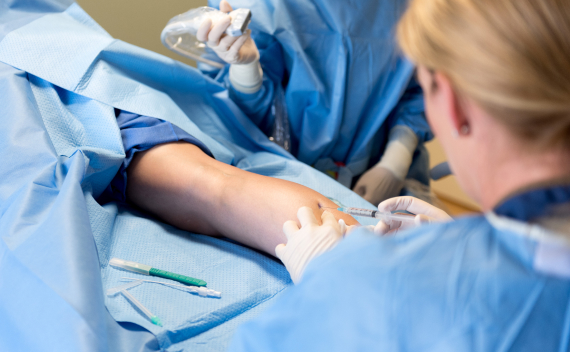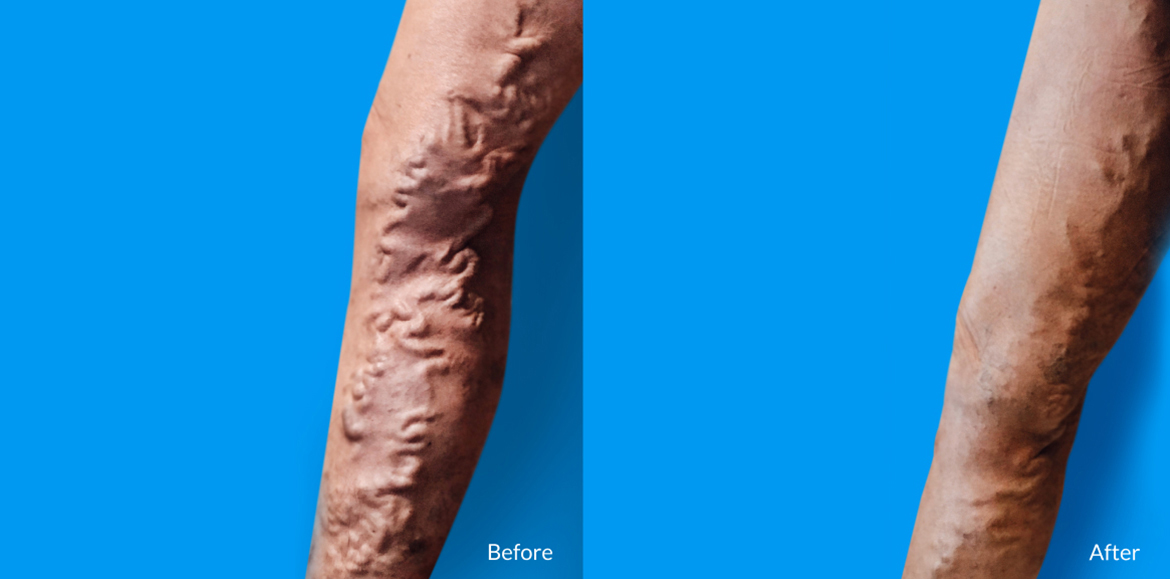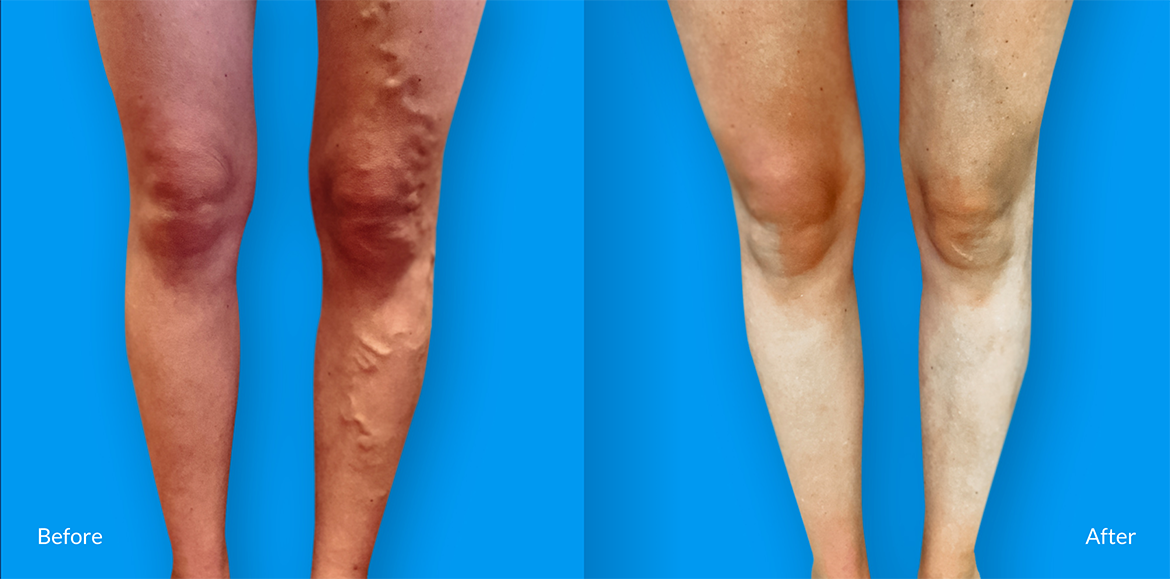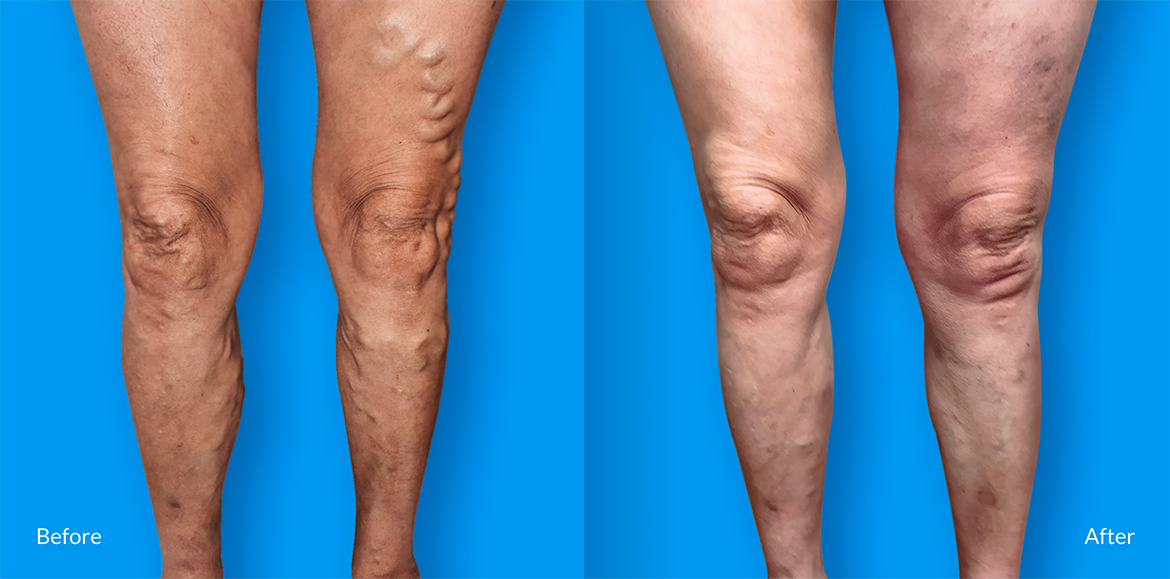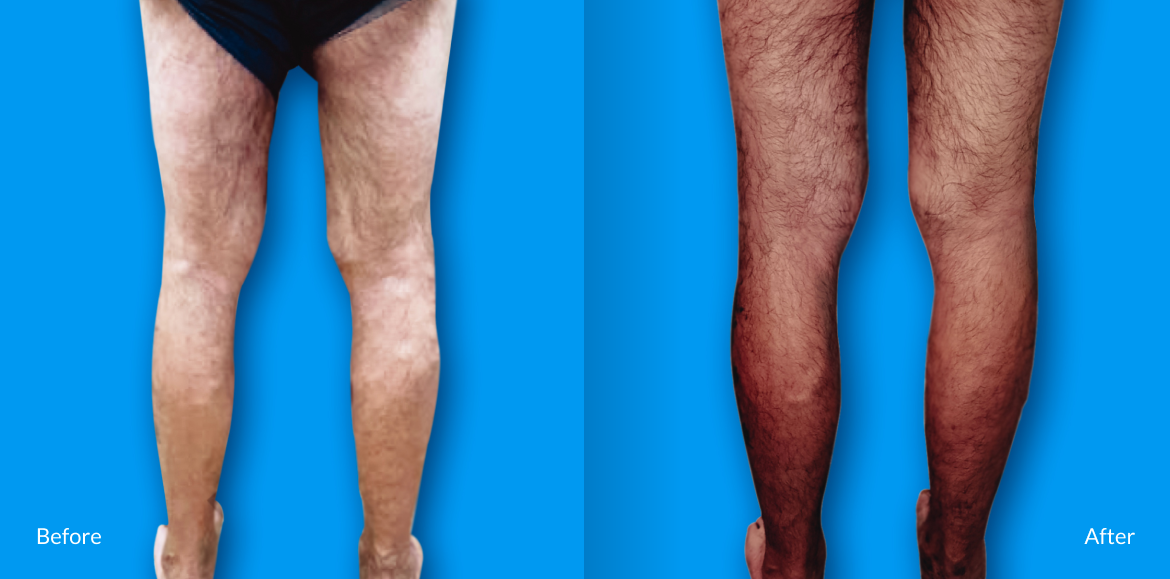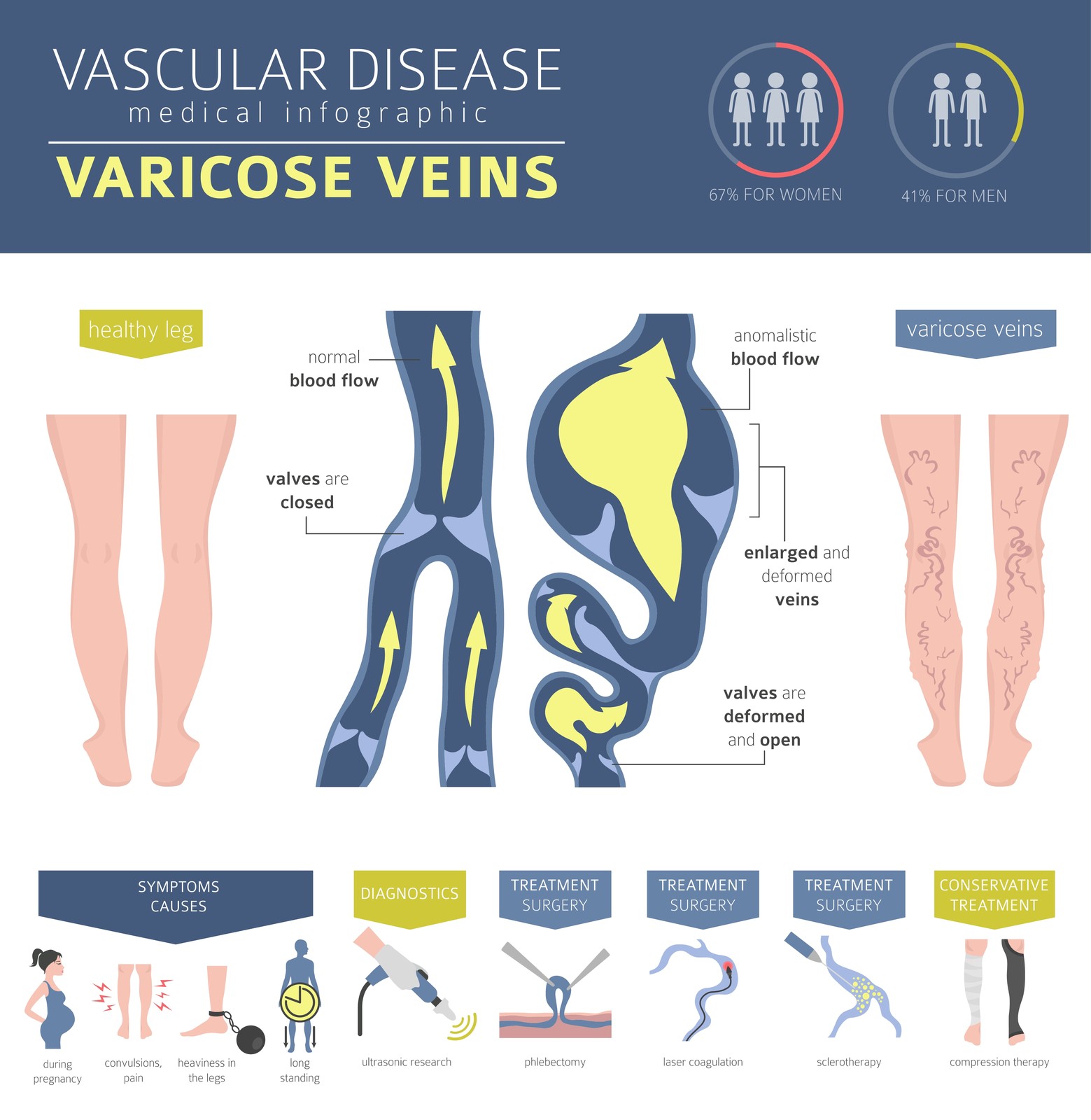
Phlebectomy
What is Phlebectomy?
Phlebectomy is performed through a small 1 mm needle puncture in the skin rather than the much larger scalpel incisions for veins stripping in the past. Topical anesthesia is used to numb the surface of the bulging veins, and a needle like instrument is used to remove the bad veins in the leg. After removing larger varicose veins, the puncture marks are so small, they do not require stitches or result in large scars.
It is very important to note that Ambulatory Phlebectomy is a supplemental procedure to EVLT. Varicose veins on the skin surface arise from an underlying vein source that is refluxing diagnosed with venous ultrasound. In other words, varicose veins that are treated by phlebectomy are only the surface manifestation of an underlying venous insufficiency. As such, it does not make sense to simply remove the varicose veins without treating the underlying problem. For this reason, most insurance companies cover ambulatory phlebectomy only after the EVLT procedure is performed. And as one might expect, the benefits and risks of ambulatory phlebectomy are very similar to those of EVLT. Patients are able to walk out of the office with no down time!
Phlebectomy requires total focus and concentration on the part of the surgeon while utilizing fine-tip instruments through the micropuncture skin opening. Usually only 10 to 20 vein segments can be removed at a time, in one-hour sessions.
No. Only those patients who have bumpy veins that ‘stick out’ on the skin require phlebectomy.
Phlebectomy requires total focus and concentration on the part of the surgeon while utilizing fine-tip instruments through the micropuncture skin opening. Usually only 10 to 20 vein segments can be removed at a time, in one-hour sessions. Some patients have a “plethora of veins” on their leg requiring more than one session. This will be determined during your office visit when you get to tell Dr. Lee the extent to which you want your veins removed, and that will determine the treatment sessions it will take to remove your veins.
Usually we try to schedule phlebectomy within days after EVLT, so that everything on your leg is completed within a week if possible, even if more than one phlebectomy session is required.
Before the removal of veins starts, the skin and the subcutaneous tissue over the vein will be anesthetized with a local anesthetic infusion. This part will cause transient, mild pain as all local anesthetic injections do. But this will render the skin and the vein painless during the rest of the procedure. So, the removal of the vein itself does not hurt.
For almost all patients, phlebectomy is performed within days after EVLT, and the answer to this question is the same as that given for EVLT procedure (see the Q&A on this topoic in EVLT section). Generally speaking, the day after phlebectomy, most patients can return to work, even to a moderately strenuous activity, wearing compression stockings.
Before & afters
Successful outcomes
Pictures are worth 1000 words. Lorem ipsum dolor sit amet, consectetur adipiscing elit. Morbi ut ligula at purus facilisis sollicitudin quis vitae ante.
